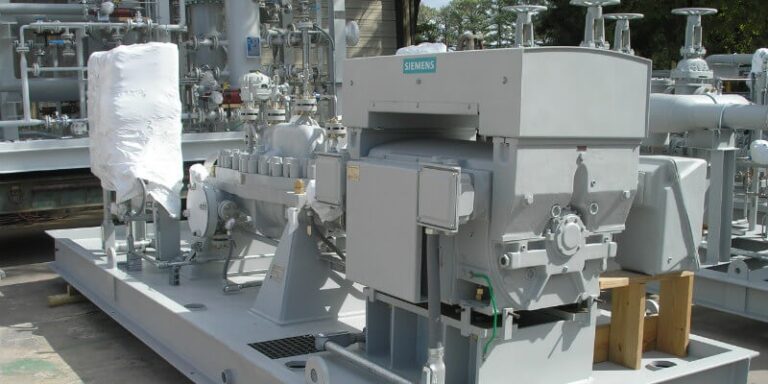
In the contemporary financial landscape, navigating the complexities of investments demands a keen understanding of digital tools and platforms. At the forefront of this revolution stands the Demat account, a fundamental tool that has reshaped how investors manage and interact with securities. This user’s manual aims to provide a comprehensive guide, offering insights into the nuances of navigating the Demat landscape for both seasoned investors and those venturing into the world of finance. Thus you should know what is demat account?
Understanding the Demat Landscape:
The term “Demat” is derived from “dematerialization,” signifying the transition from physical to digital in the handling of financial instruments. A Demat account serves as an electronic repository for holding a range of securities, including stocks, bonds, mutual funds, and government securities. Its primary function is to eliminate the need for physical share certificates, offering a secure and efficient means of managing investments while knowing about Tata Motors share price.
Key Components of the Demat Landscape:
Dematerialization: The cornerstone of a Demat account is the dematerialization process, where physical securities are converted into electronic form. This not only reduces the risk associated with physical certificates but also streamlines the management of diverse financial instruments.
Digital Holding: A Demat account digitally holds various securities, reflecting the investor’s holdings in an online statement. This digital representation allows for real-time monitoring, providing a comprehensive overview of the portfolio while considering the idea about Tata Motors share price.
Transaction Facilitation: The Demat account acts as a facilitator for transactions in the stock market. When an investor buys or sells securities, the account ensures seamless electronic transfers, updating the holdings accordingly.
Safekeeping: An inherent advantage of the Demat landscape is the secure storage of financial instruments. Electronic holdings are immune to physical wear, tear, or environmental damage, ensuring the integrity and safety of the investor’s assets. Check what is demat account.
Corporate Benefits: Dividends, bonuses, and other corporate benefits related to securities held in the Demat account are automatically credited. This streamlines the receipt of entitlements without the need for physical paperwork.
Navigating the Demat Landscape: A Step-by-Step Guide:
Step 1: Choosing a Service Provider
The journey begins with selecting a reputable service provider offering Demat account services. This could be a bank, financial institution, or brokerage firm. Considerations include account maintenance charges, transaction fees, customer support, and additional features provided by the service provider. Consider knowing about the tata motors share price
Step 2: Completing KYC Formalities
The Know Your Customer (KYC) process involves submitting necessary documents such as proof of identity, proof of address, and passport-sized photographs. This step ensures compliance with regulatory standards and establishes the investor’s identity.
Step 3: Filling out the Account Opening Form
Investors need to fill out the Demat account opening form provided by the chosen service provider. This form captures essential information, including personal details, financial preferences, and nominee details. Check more on tata motors share price
Step 4: Verification and Account Activation
Submitted documents and the account opening form undergo verification by the service provider. Once verified, investors receive a unique Demat account number, marking the activation of their account. Consider using what is demat account.






